Still no fix to the problems with the Epiphan. While the new driver made some difference this works because the processing is off loaded from the unit to the Mac. Not a great solution when you need the processing power on the Mac for other things.
The UK distributor is doing a good job chasing on my behalf as it is pretty clear that the unit does not meet the published specs. We really need to get a fix or find another solution. One suggestion has been to use a video scaler with the a suitable capture card, but would need to upgrade to a Mac Pro for that!
It may still be my unit is defective but they did test it and reported it worked ok. Suspect this was on a PC!
Mark


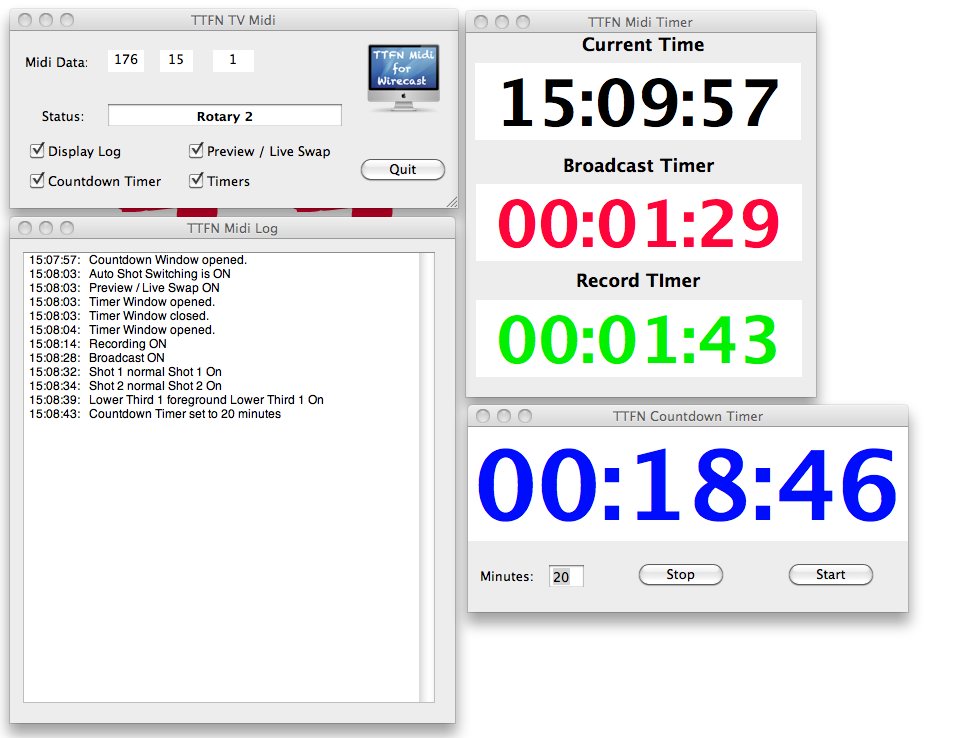
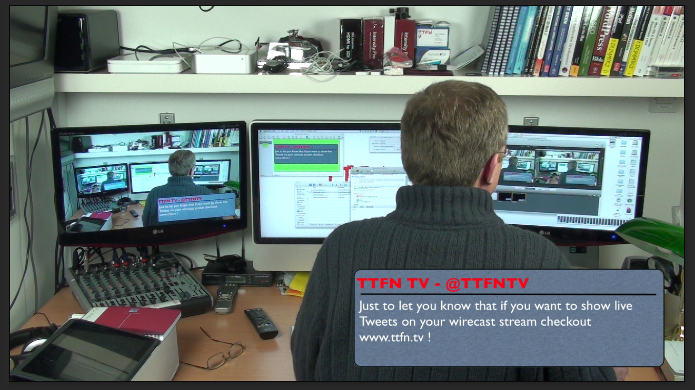


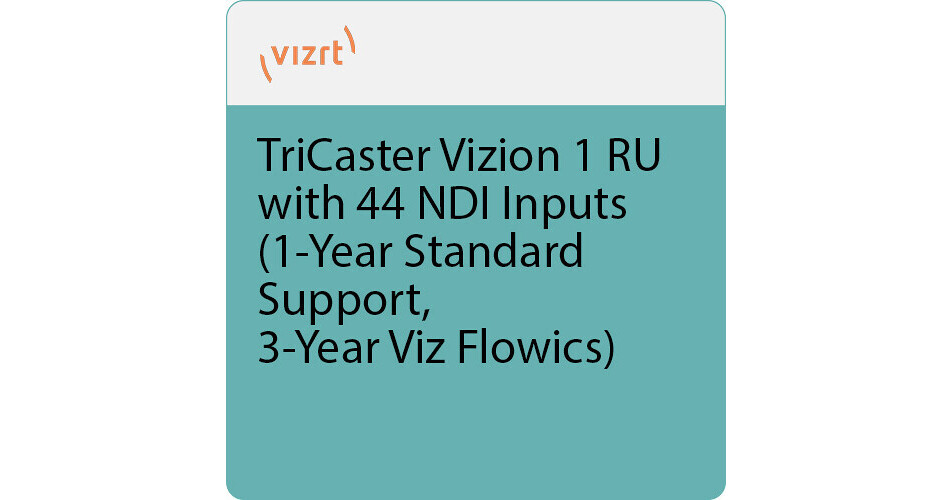
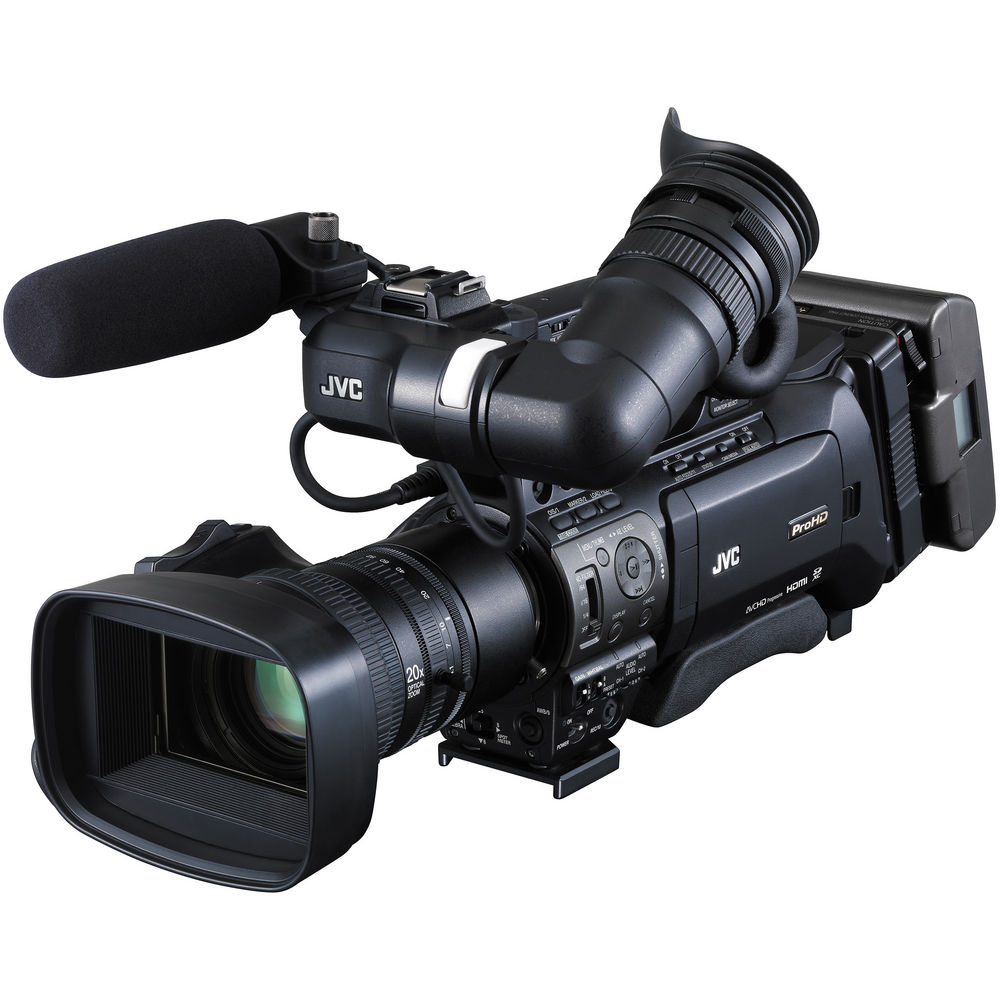
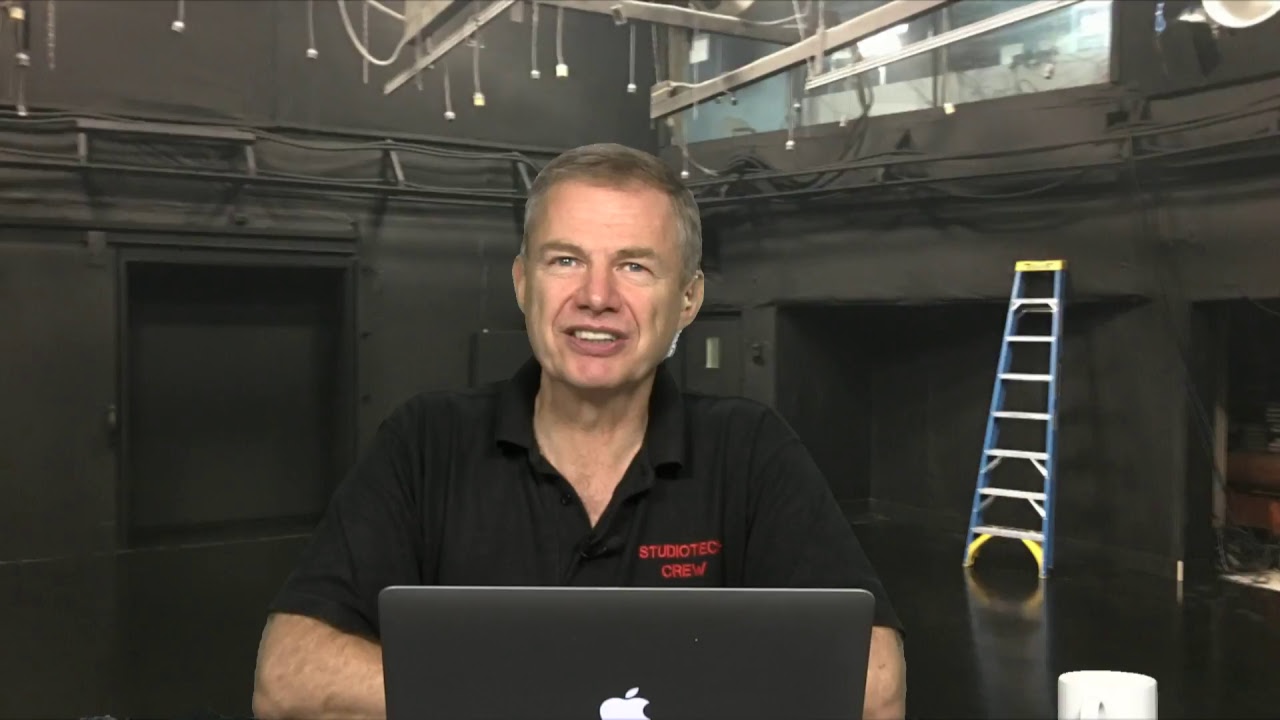
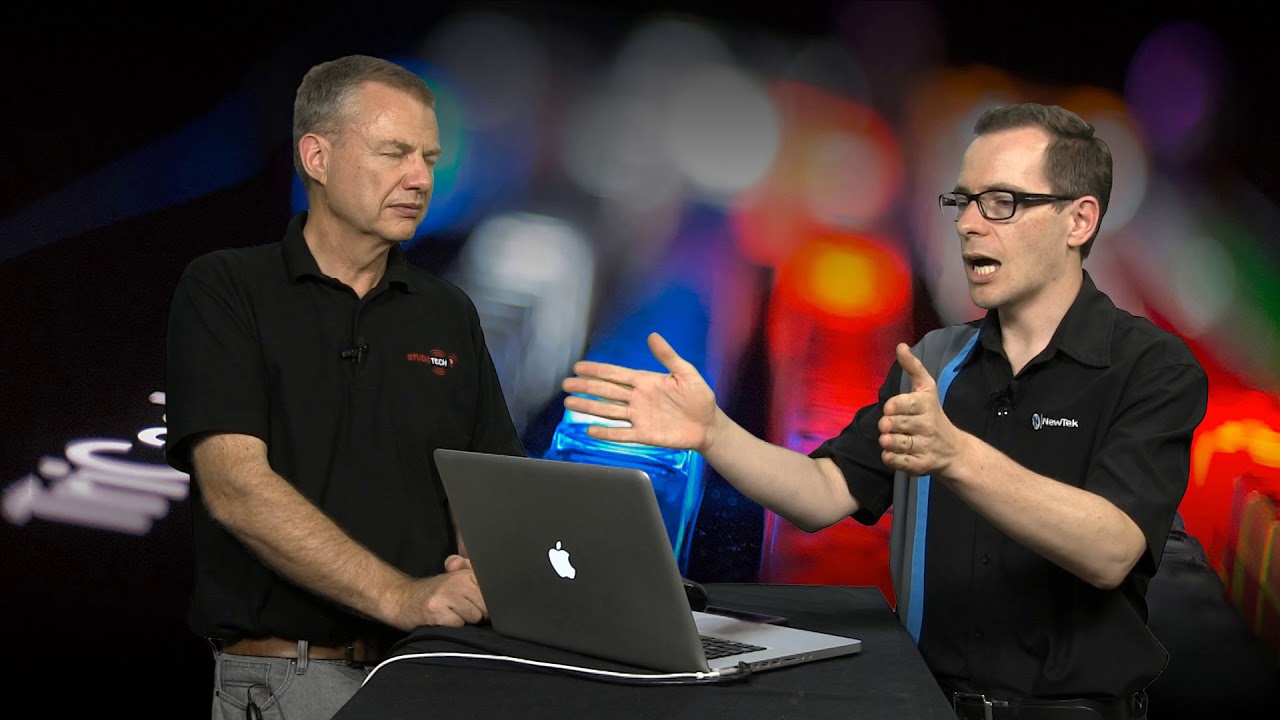
Victor
Hi Mark,
The published specifications for the VGA2USB LR state that the unit can capture at a rate of 10-60 frames per second, depending on content.
Since the VGA2USB LR uses the USB 2.0 bus, the bandwidth for transporting data between the VGA2USB and the computer is limited to ~320 Mbps. The VGA2USB LR has on-board compression in order to maximize the frame rate given the bandwidth possible. However, if you have a high amount of change from frame to frame, the USB 2.0 will simply run out of bandwidth and thus decrease the captured frame rate. In scenarios with little movement, such as a line of text running across the screen or readings from a sensor or radar screen, this is not an issue since most of the frame to frame changes occur in less than half the pixels.
If your VGA2USB LR is not defective, either you are loading the USB bus to full capacity or your USB bus is loaded to capacity by other devices. Note that other USB devices use up the bandwidth of the same bus as your VGA2USB LR is on.
The situation described in the paragraph above is part of the reason why Epiphan is selling an alternative to the VGA2USB LR for the same price called VGA2PCIe. There are no bandwidth constraints, which allows the VGA2PCIe to get at least 35 fps speeds, no matter what content you are capturing.
Hope that was of some help.
Victor